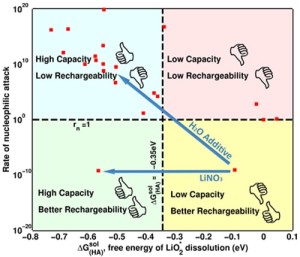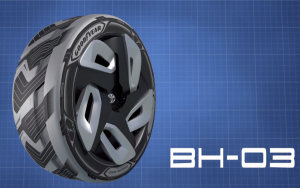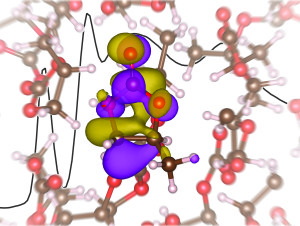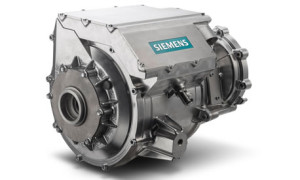After a short hiatus, Clean Technica’s Celantech Talk podcast has returned. For their first episode back, ECS member and podcast co-host Matthew Klippenstein discusses speed bumps in renewable energy, transforming the grid, and the demise of diesel.
Klippenstein is a 13 year veteran of the fuel cell industry with Ballard Power Systems. He was part of the 2007 group that received ECS’s Industrial Electrochemistry and Electrochemical Engineering Division New Electrochemical Technology Award, which has recognized significant advances in industrial electrochemistry since 1997. Listen to the podcast below.
PS: To learn more about science and some of the key contributors, download the ECS Podcast for free through the iTunes Store, SoundCloud, or our RSS Feed. You can also find us on Stitcher.






